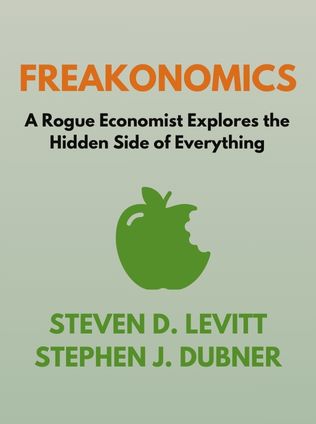
The World Is Flat
A Brief History of the Twenty-First Century
By Thomas Friedman
Published 07/2007
About the Author
Thomas L. Friedman, a renowned columnist for The New York Times, has been awarded the Pulitzer Prize three times. His extensive career in journalism has seen him author several bestselling books, including From Beirut to Jerusalem, which won the National Book Award for Nonfiction, The Lexus and the Olive Tree: Understanding Globalization, and Longitudes and Attitudes: Exploring the World After September 11. Friedman resides in Bethesda, Maryland, with his family, continuing to influence global discourse through his insightful writing and analysis.
Main Idea
Thomas L. Friedman's book, The World Is Flat, explores the profound changes in global business dynamics brought about by the rapid advancements in technology and communication. He introduces the concept of a "flat" world, where the global competitive playing field has been leveled, enabling unprecedented opportunities for collaboration, innovation, and economic growth. Friedman delves into the factors that have flattened the world, the challenges and opportunities it presents, and offers solutions to ensure nations and individuals thrive in this new era.
Table of Contents
- How the World Became Flat
- The Ten Forces that Flattened the World
- The Triple Convergence
- The Great Sorting Out
- America and the Flat World
- Developing Countries and the Flat World
- Companies and the Flat World
- Geopolitics and the Flat World
- Conclusion: Imagination
How the World Became Flat
In the opening section, Friedman meticulously traces the history of the internet and technological advancements that have reshaped global dynamics. He highlights the significant milestones such as the creation of the World Wide Web, the rise of search engines like Google, and the advent of broadband communication. These developments, according to Friedman, have interconnected knowledge centers across the globe, creating a single, cohesive network.
Friedman captures the essence of this transformation through interviews with key industry leaders such as Marc Andreessen, Meg Whitman, and Bill Gates. He describes how these changes have enabled not only corporations but also individuals and terrorist networks like Al Qaeda to operate seamlessly across borders. This duality of opportunity and threat underscores the complexity of the new global landscape.
“The global competitive playing field was being leveled. The world was being flattened,” writes Friedman. “As I came to this realization, I was filled with both excitement and dread ... what the flattening of the world means is that we are now connecting all the knowledge centers on the planet together into a single global network, which - if politics and terrorism do not get in the way - could usher in an amazing era of prosperity, innovation and collaboration, by companies, communities, and individuals.”
The Ten Forces that Flattened the World
Friedman identifies ten key forces that have contributed to the flattening of the world, which he terms as "flatteners." These include the fall of the Berlin Wall, the advent of Netscape, workflow software, open-sourcing, outsourcing, offshoring, supply-chaining, insourcing, in-forming, and the steroids (digital, mobile, personal, and virtual technologies). Each of these forces played a crucial role in breaking down barriers and enabling seamless global integration.
Sign up for FREE and get access to 1,400+ books summaries.
You May Also Like
Rich Dad Poor Dad
What the Rich Teach Their Kids About Money - That the Poor and Middle Class Do Not!
By Robert T. KiyosakiFreakonomics
A Rogue Economist Explores the Hidden Side of Everything
By Steven D. Levitt and Stephen J. DubnerI Am Malala
The Story of the Girl Who Stood Up for Education and Was Shot by the Taliban
By Malala YousafzaiFactfulness
Ten Reasons We're Wrong About the World – and Why Things Are Better Than You Think
By Hans Rosling



















